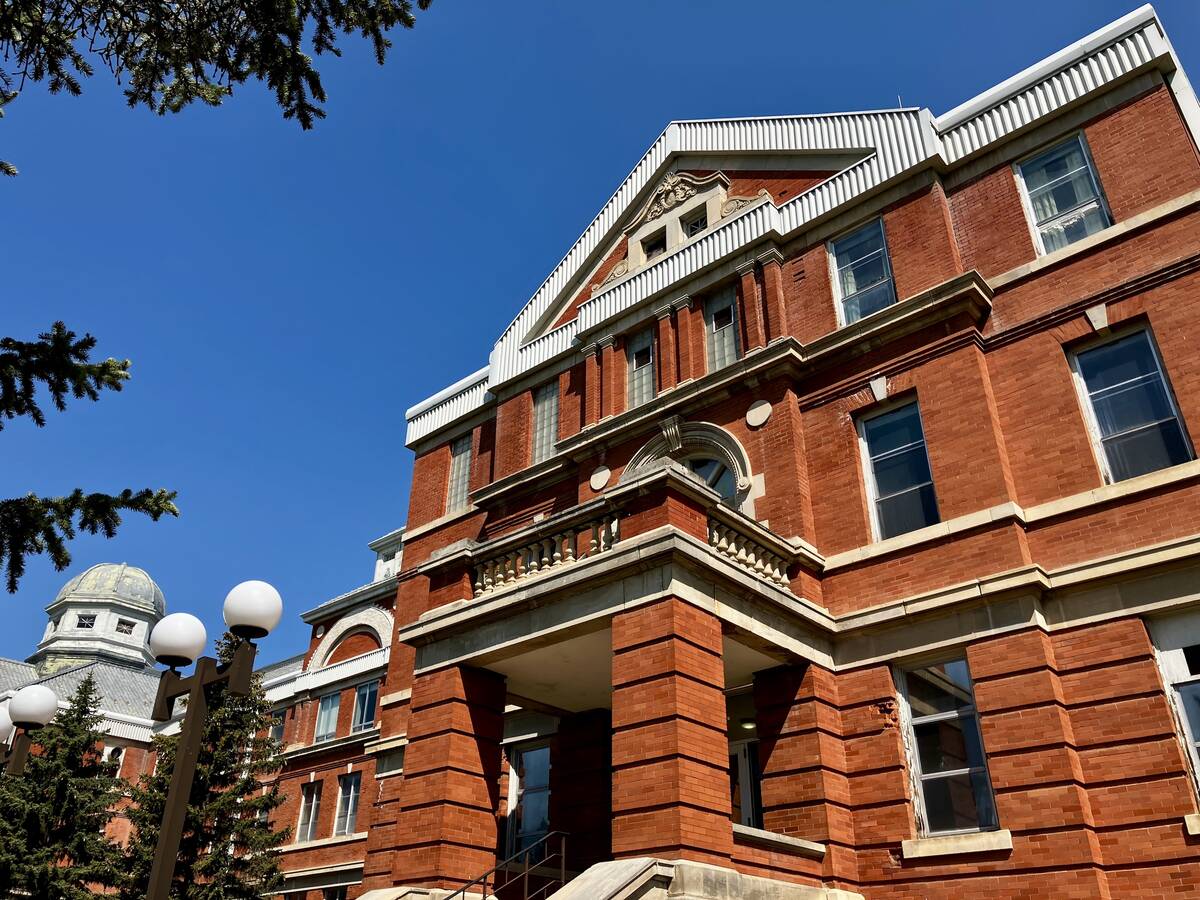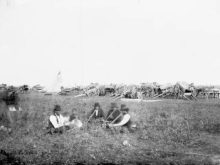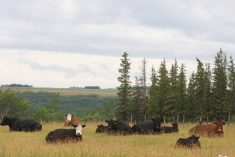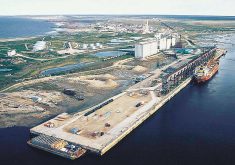My Glacier FarmMedia colleagues and I have been contemplating how to mark Canada’s National Day for Truth and Reconciliation on Sept. 30.
One idea was a special edition of our electronic newsletter highlighting some of the work we’ve done over the past year to cover Indigenous issues in the agriculture sector. If you subscribe to our electronic newsletters through AgCanada.com, you’ll see it this Saturday.
One doesn’t notice the changing and more inclusive demographics of Canada’s ag sector on a day-to-day basis because change can happen slowly. But a recent Statistics Canada publication delving into the 2021 Census of Agriculture helps illuminate some of the change below the waterline.
Read Also

New ranking elevates Assiniboine College to national research elite
Brandon’s Assiniboine College is 47th in a national ranking measuring research dollars and output at publicly funded institutions in Canada.
“Farm households are becoming more diverse and becoming smaller. Additionally, greater percentages of farm households are living in urban areas, while their income continues to outpace that of the total population,” was the bold summation.
Immigration is the largest contributor to diversity in the sector. Approximately 6.9 per cent of Canada’s farm population are immigrants, statistics show. That’s still lower than in the general population, where 23.1 per cent of Canadians were immigrants in 2021.
Another growing portion of the farm population is Indigenous farmers. In 2021, according to StatCan, 2.8 per cent (or 16,705 individuals) of Canada’s farm population self-identified as Indigenous. In total, Indigenous people represent 4.8 per cent of Canada’s population.
The largest Indigenous group in agriculture in 2021, by a wide margin, was Métis – 11,225, or about two-thirds of the total.
It’s not surprising these numbers have grown. It’s part of an overall trend toward a growing Indigenous population in Canada. The demographic has more children and skews younger than the rest of Canada’s population, according to a 2022 report from StatCan.
That sets the stage for collective opportunity between Indigenous populations and agriculture.
Here in Western Canada, Indigenous peoples represent a pool of business partners, knowledge for collaborative projects or potential employees.
Brandon’s Assiniboine Community College acknowledged this last year with its launch of a tuition-free program aimed at helping Indigenous workers hone their farm machinery skills.
“Removing the cost of training, a significant obstacle to employment, allows students to gain the skills and knowledge required for entry into the job market, without worrying about funding,” said Assiniboine’s director of Indigenous education, Kris Desjarlais, in a news release at the time.
The Congress of Aboriginal People and Keystone Agricultural Producers were involved in making the idea a reality.
“Projected labour market shortages in this sector overall are significant, and CAP is happy to support an industry that is in need of skilled workers,” Sarah Mitchell, national project co-ordinator with the Congress of Aboriginal Peoples, told the Co-operator.
Then-president of KAP, Bill Campbell, also lauded the development, agreeing it could help address the sector’s critical labour shortage.
Making it a successful partnership in the long-term will require commitment on both sides.
While the classes might be free, interested students need to pony up several months of their lives, and the farm sector will need to provide opportunities for these potential workers and show them the province’s farms are places they can work successfully and feel welcome and valued.
Moving beyond the traumas of the past and building trust will take effort from all of us. The reward could be a more secure and productive rural Manitoba for everyone that calls this place home.
Last winter, I had the opportunity to speak with Kendal Netmaker, a Saskatoon-based Indigenous entrepreneur who was a keynote speaker at the annual Canadian Crops Convention.
He accurately described Western Canada as a society with a wall running straight down its middle, dividing the world into Indigenous and non-Indigenous spheres.
But he also noted that moving on from this is in everyone’s best interest. So, let’s all do what we can to knock that wall down and build a brighter future for all.















